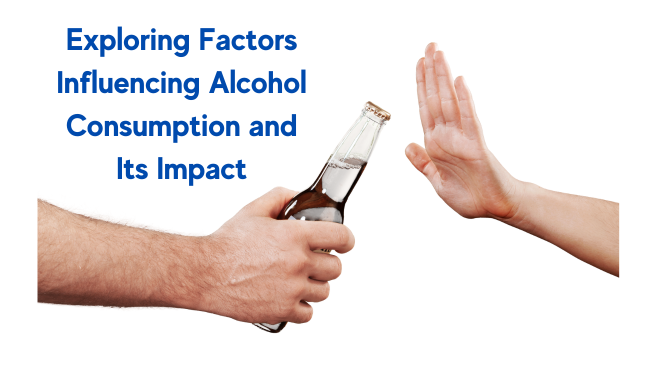Introduction: Understanding alcohol consumption and its effects involves considering various factors that influence drinking patterns and the resulting problems in societies. These factors operate at both individual and societal levels, shaping how alcohol impacts health and well-being.
Societal Factors: Factors at the societal level, such as economic development, culture, social norms, alcohol availability, and policy enforcement, influence alcohol-related issues. Poorer societies often experience greater health and social harm due to alcohol consumption. The context in which people drink plays a crucial role in the occurrence of alcohol-related harm, especially during episodes of heavy drinking.
Individual Factors: At the individual level, age, gender, family circumstances, and socio-economic status contribute to varying alcohol-related risks. While there’s no single dominant risk factor, individuals with more vulnerabilities are likely to face problems from alcohol consumption. Notably, poorer individuals tend to experience more significant health and social harms compared to their affluent counterparts.
Health Outcomes and Drinking Patterns: The impact of alcohol on health outcomes depends on the total volume consumed and drinking patterns, especially those associated with heavy drinking episodes. The context in which people drink influences the occurrence and evolution of diseases, injuries, and other health conditions over time.
Gender Differences: Gender plays a role in alcohol-related mortality and morbidity, as well as consumption patterns. Globally, 7.7% of all male deaths are alcohol-attributable, while the figure is 2.6% for females. In 2016, the average per capita alcohol consumption was 19.4 liters for males and 7.0 liters for females among drinkers worldwide.
Conclusion: Alcohol consumption and its consequences are complex, influenced by a variety of factors at both societal and individual levels. Recognizing these influences is crucial for developing effective strategies to address alcohol-related issues and promote healthier societies.
Reference: WHO
Other interesting articles:




